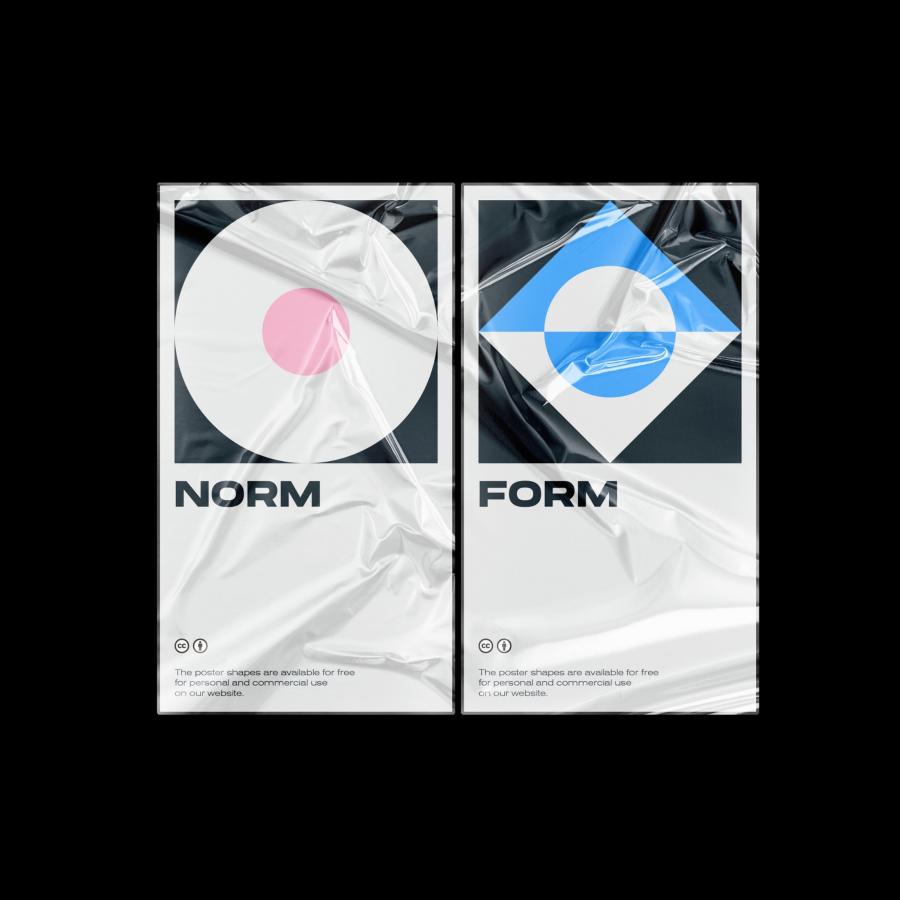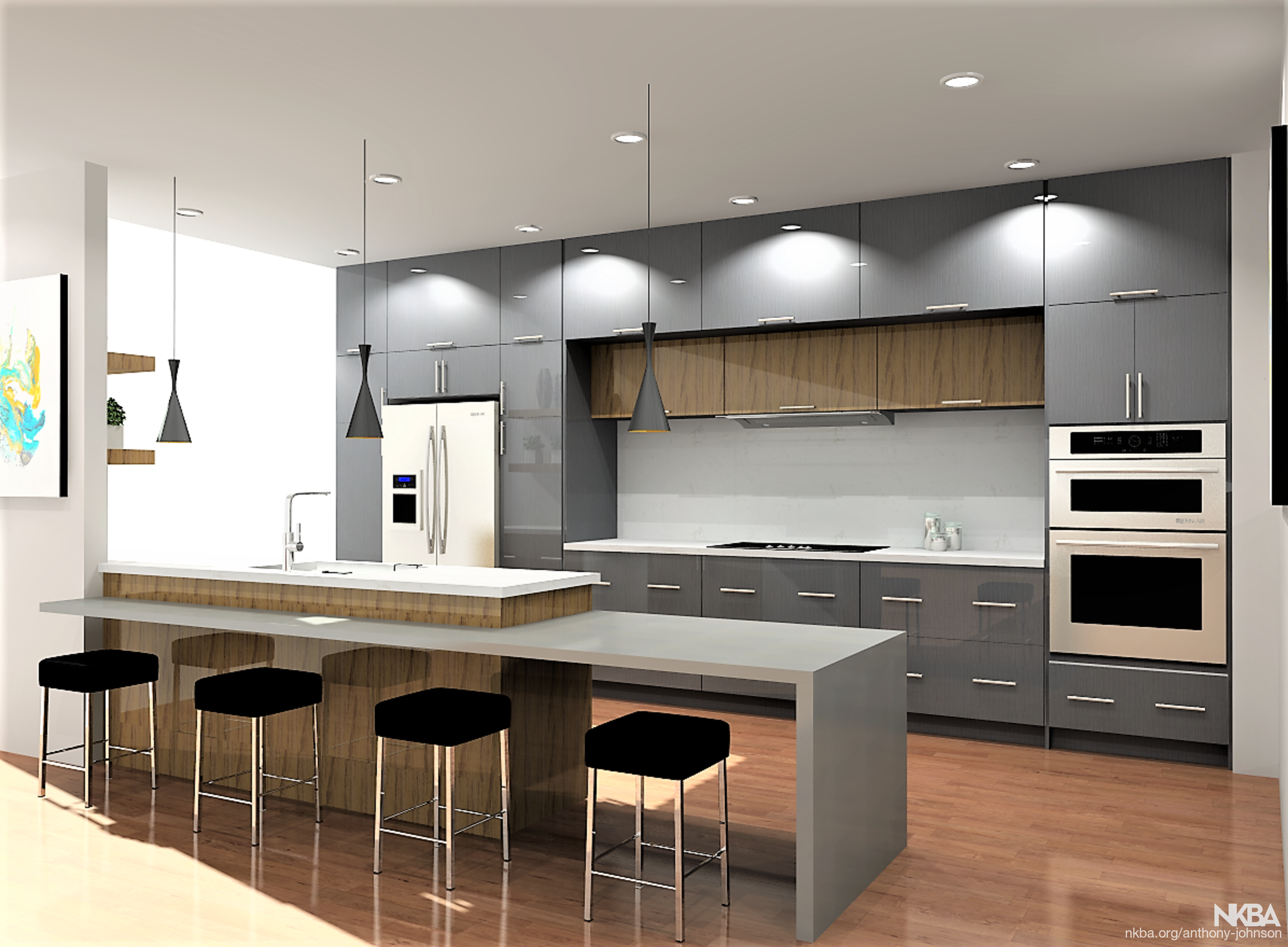Table Of Content

Using grids in web design ensures that their websites have a clear hierarchy and are easy to follow. All of these methods enable you to target the width of the viewport and modify the page layout accordingly. It should be noted, however, that using @media queries limits your reach significantly.
Designed based on a grid system and transparency, this office in Toulouse by Taillandier Architectes Associés features ... - Global Design News
Designed based on a grid system and transparency, this office in Toulouse by Taillandier Architectes Associés features ....
Posted: Tue, 04 Apr 2023 06:58:18 GMT [source]
Flexible grids with the fr unit

The responsive grid system here helps the page adjust cleanly to the screens of users’ various devices. An example of a single-column grid — when a book is bound, the inside margins naturally get “pulled” into the spine a little. Here, we see the use of a single-column grid in a traditional book design by Ellen Lupton. Watch Michal Malewicz discuss the "red square method" to understand more about layout design principles. This concept emphasizes consistency in spacing between elements.
Use responsive grids
The use of the golden rule is evident in the Brno Chair designed by Ludwig Mies van der Rohe. The chair was named after the town of Brno (in the Czech Republic) where the Tugendhat family, who commissioned the chair, lived. The Tugendhat house had a large dining room and table that could seat 24.
Visual Design: The Ultimate Guide
How do you know if your grid has helped you create a functioning, responsive site? Once you’ve designed your site using a responsive grid, you can test your designs by viewing the site on various screen sizes—and iterating on anything that doesn’t look quite right. How many there are—and where they’re placed—will dictate the types of content that can be used on a page, which makes them an extremely useful tool for more complicated web pages or layouts. Ultimately, fields can help designers create highly complex designs for every platform without having to spend hours readjusting the content. Margins help establish visual hierarchy and ensure that elements don’t overlap unnecessarily.
No this isn't a modular Project Ara phone - its grid-based design was inspired Manet and Mondrian - Yanko Design
No this isn't a modular Project Ara phone - its grid-based design was inspired Manet and Mondrian.
Posted: Thu, 12 May 2022 07:00:00 GMT [source]
They’re tools that establish consistency across pages or screens, improve user experience and readability, and even boost conversion rates. Whether it’s graphic design or web/print designs – a well-implemented grid system can transform haphazard content into engaging experiences. While single-column grids work well for simple documents, multi-column grids provide flexible formats for publications that have a complex hierarchy or that integrate text and illustrations. The more columns you create, the more flexible your grid becomes. You can use the grid to articulate the hierarchy of the publication by creating zones for different kinds of content.
Obey the Rule of Thirds
They’re a crucial part of responsive grids, providing visual separation between different elements while giving your page a cohesive look and feel. Gutters also provide balance to your design by creating a uniform flow and establishing relationships between elements. In the digital world, the grid system acts similarly to the print layout in organizing the elements on the page. Additionally, it provides a guide for designers to create multiple layouts that support responsive themes for different screen sizes. In essence, grids are tools used by designers to create consistency across different pages or screens.

The balance achieved here is not based on rigid structure alone, but rather is achieved through the equalizing weight of asymmetrical balance. Each row you create gives a new opportunity for establishing new column areas with different sizes, numbers, and variety. Its possible to create pages on your site, or areas of your pages, that are heavily horizontal. Or join columns to form rows that add interesting areas to your layouts. Consider varying the number of columns in the rows you create. Like skyscrapers in city centers, overwhelmingly, columns dominate Web design grids.
In this blog post, we’ll look at the role grids play in a seamless user experience, and discuss five golden rules for incorporating grids into your next project. While grid-based layouts offer many benefits, they also have some limitations. They may not be suitable for all types of content or design styles. They can also be complex to implement, especially for complex layouts or when using older CSS layout models. However, with the advent of CSS grid and flexbox, many of these challenges have been addressed.
Grids and Layouts in UI Design: A Guide
This guidance considers many factors, like the page width, the content size, as well as the number and sizing of the modules the content will require on a grid. So, when you think of how to space out your columns or rows, you also need to measure and define the amount of white space, in this instance, in terms of multiples of eight. This shows just how fundamental white space is in grid design, to the extent that its measurements and specifications are just as important to a grid as columns and rows are. There are many terms and concepts to get familiar with and understand in the field of web design, but especially when it comes to the role of grids in web design. Unlike regular static grids, responsive grids use percentages to distribute the content uniformly regardless of screen size. They’re key for adapting your layout for various screens without distorting the content or dimensions.
Loads of folks reckon the magic in top-notch designs is tucked away right under our noses. We will try to make this topic easier for understanding breaking it down into smaller pieces. Visit Mozilla Corporation’s not-for-profit parent, the Mozilla Foundation.Portions of this content are ©1998–2024 by individual mozilla.org contributors.
We do this by setting the value of grid-template-columns using the repeat() function, but instead of passing in a number, pass in the keyword auto-fit. For the second parameter of the function we use minmax() with a minimum value equal to the minimum track size that we would like to have and a maximum of 1fr. In the final lesson, you’ll learn about grid systems and their importance in providing structure within design.

No comments:
Post a Comment